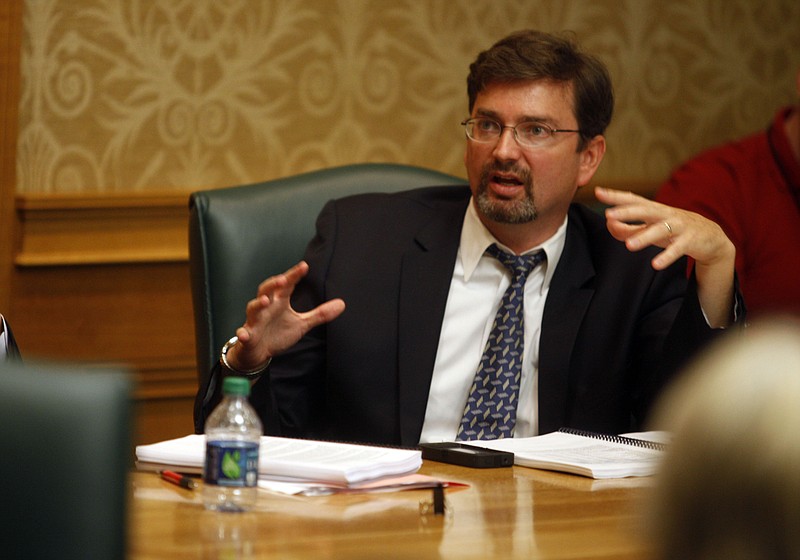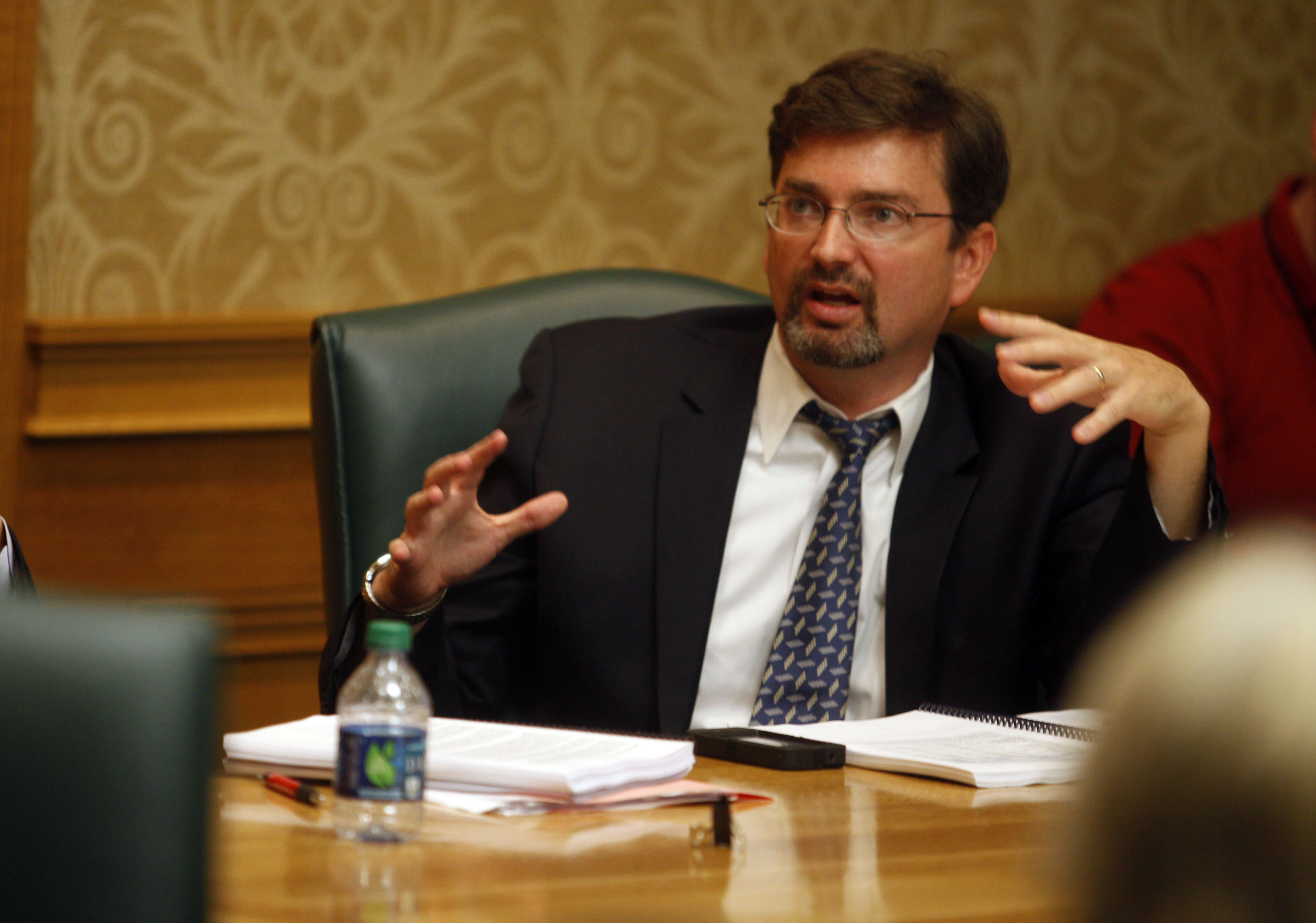Now that a 173-page study on local gangs is available, the hope is that a committee of government and nonprofit agencies will move forward to create intervention teams to reach gang members.
Since the committee began meeting in November, there have been a total of 75 shootings resulting in injury or death in Chattanooga. The goal of the study is to decrease the number of shootings if more services can reach people who live in areas with high poverty and violence rates.
"The gang situation in Chattanooga will mirror the interest of those working to help," said Gang Task Force coordinator Boyd Patterson. "If no one wants to help, if everyone thinks its someone else's job, if petty interests and political agendas are deemed more important than our children's future and safety, then this initiative will go the way of others in the past."
The assessment issued 19 recommendations to government and community organizations as well as Hamilton County schools. It's unclear if any of the organizations will follow recommendations from the study.
The report was released Thursday, and Patterson and outreach coordinator Fred House are starting the process of presenting the data to the Hamilton County school board, county commission and other organizations.
"There's a lot of people out there who want to help. It's a matter of coordinating their actions," Patterson said.
In the next three to six months, the committee will hold meetings to decide which organizations need to be included on gang intervention teams. They will also set three to five goals based on the data, which follows the comprehensive gang model manual from the Office of Juvenile Justice and Delinquency Prevention, the template for the local study.
The federal model lists five areas that must have a representative on each team: probation, law enforcement, business community, mental health and schools. An outreach worker keeps tabs on youth and their families to link them to teams.
Patterson hopes to base the teams out of the schools not only to reach gang members and affiliates but those at risk of joining a gang and their family members. While initial efforts will start small, he hopes to have 10 teams in place.
Memphis, which is using a similar model, has two teams and another that's halfway filled after starting a gang task force a few years ago, he said.
A referral process to recruit team members must be set up, as well as data collection and training to prepare members, according to the model. Staff from the National Gang Center in Tallahassee, Fla., will be in Chattanooga to help with training in the next few months.
"It really is about figuring out what the need is there in Chattanooga and what outreach programs already exist," said Kimberly Porter, research associate with the National Gang Center. "The amount of resources and effort really depends on what already exists there."
The data from the study also will allow the task force to apply for competitive grants, Patterson said, but the information must be updated on regular basis to target resources.

